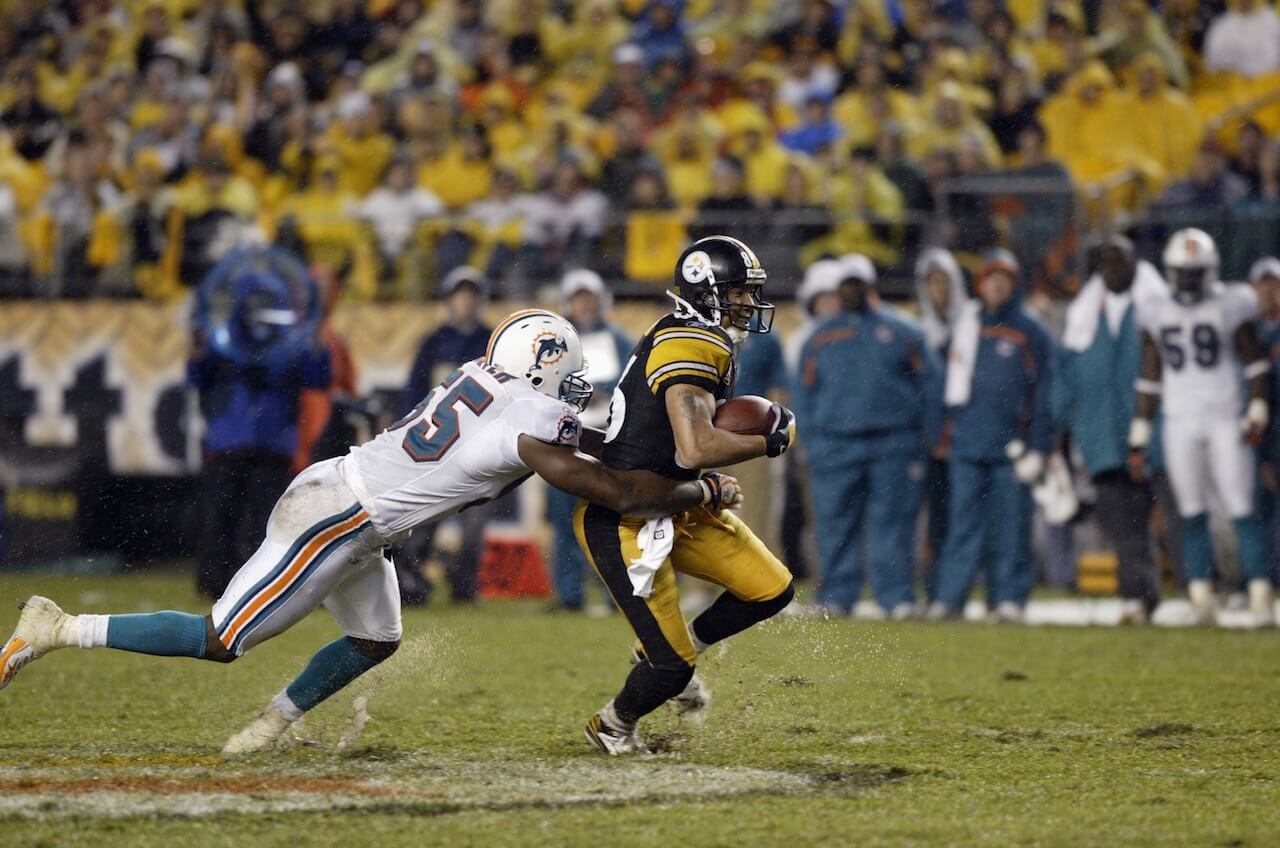The NFL is known for its high-octane action, thrilling plays, and nail-biting finishes. However, amidst the excitement, there lies a curious anomaly that piques the interest of fans and analysts alike: the lowest scoring NFL game. This rare occurrence raises questions about the dynamics of the teams involved, the strategies employed, and the overall atmosphere of the game. Understanding what leads to such a low score can provide fascinating insights into the sport and its unpredictable nature.
In a league where scores often soar into the double digits, the notion of a game ending with minimal points seems almost surreal. The lowest scoring NFL game serves as a stark reminder that even the greatest athletes can sometimes struggle to find the end zone. Fans may find themselves wondering how such a match could unfold, what factors contributed to the dismal score, and how this game fits into the broader narrative of NFL history.
Analyzing the lowest scoring NFL game is not just an exploration of numbers; it’s an investigation into the strategies, player performances, and even weather conditions that can impact the outcome of a game. From defensive stalemates to offensive blunders, each element plays a role in shaping the narrative of this unique event in the world of professional football.
What Was the Lowest Scoring NFL Game Ever?
The lowest scoring NFL game on record took place on November 7, 1943, between the Detroit Lions and the New York Giants. The game concluded with a final score of 0-0, a rarity in the modern era of football. This match is not only notable for its lack of points but also for the implications it had on the sport moving forward. With both teams unable to secure a single score, the event sparked discussions about offensive strategies and the evolution of gameplay in the NFL.
What Contributed to Such a Low Score?
Several factors contributed to the historically low score of this game, including:
- Defensive Dominance: Both teams showcased exceptional defensive skills, stifling any attempts to advance the ball.
- Weather Conditions: Playing conditions can significantly affect gameplay, and poor weather may have played a role in the inability of the teams to score.
- Offensive Struggles: In this particular game, both offenses struggled to find any rhythm, leading to stalled drives and turnovers.
How Has the NFL Changed Since Then?
Since the infamous 0-0 tie, the NFL has transformed in numerous ways. Rule changes, advances in training, and a greater emphasis on offensive play have led to more dynamic and high-scoring games. The evolution of the quarterback position, in particular, has played a crucial role in the increase of scoring, as teams now prioritize the passing game more than ever before.
Are There Other Notable Low-Scoring NFL Games?
While the 1943 game remains the lowest scoring, it is not the only instance of a low-scoring affair in NFL history. Other notable low-scoring games include:
- 1971: Miami Dolphins vs. New York Jets - Final Score: 6-0
- 1995: New England Patriots vs. Miami Dolphins - Final Score: 3-0
- 2007: Pittsburgh Steelers vs. Miami Dolphins - Final Score: 3-0
What Can Fans Learn from Low-Scoring Games?
Low-scoring games can provide fans with a unique perspective on football strategy. They highlight the importance of defense and special teams, showcasing how a strong defensive performance can completely change the outcome of a game. Additionally, these games remind fans that football is not just about scoring; it’s about the intricacies of the sport, including time management, field position, and the mental toughness of the players involved.
How Do Low-Scoring Games Affect Team Morale?
Low-scoring games can have varying effects on team morale. For some, a close, hard-fought battle can bolster confidence, while for others, the inability to score can lead to frustration and self-doubt. Coaches often emphasize the importance of learning from these experiences, using them as teaching moments to improve future performance.
What Role Do Coaches Play in Low-Scoring Games?
Coaching strategies are pivotal in shaping the outcome of any game, especially in low-scoring contests. Coaches must adapt their game plans based on the performance of their players and the opposing team’s strengths. In low-scoring scenarios, coaches often rely on conservative play-calling to minimize mistakes, focusing on maintaining possession and setting up field goals rather than risking turnovers.
Can We Expect More Low-Scoring Games in the Future?
While the NFL has shifted toward high-scoring games, low-scoring games can still occur, particularly when two strong defensive teams face off. Fans should always be prepared for the unexpected in football, as each game brings its own unique challenges and storylines. The unpredictability of the sport is part of what makes it so exciting, and the possibility of witnessing another low-scoring game remains alive.
Conclusion: What is the Legacy of the Lowest Scoring NFL Game?
The legacy of the lowest scoring NFL game is one of intrigue and reflection within the sport. It serves as a reminder that football is not solely about scoring points but encompasses a broader narrative that includes strategy, teamwork, and resilience. As the NFL continues to evolve, the memory of that fateful day in 1943 will always hold a special place in the annals of football history, inviting fans to delve deeper into the complexities of the game.
Also Read
Steve Harvey And Trump: A Unique Relationship Beyond PoliticsThe Girthmaster: A Journey Into The World Of Strength And Endurance
Laurence Fishburne: A Journey Through The Life Of A Legendary Actor
Unveiling The Charismatic Journey Of Izzy Green
Unveiling The Life And Career Of Melissa Sue Anderson
Article Recommendations
- 5starsstockscom Blue Chip
- Gabrielle Dennis Relationship
- Adam Pearson And Wife
- Marc Warren Wife
- Dondon Nakar Wife
- Ryan Eggold Wife
- Jon Aitchison
- Freddy Moore
- Jenna Ellis Husband Shane Butler
- Mkvcinemascom




